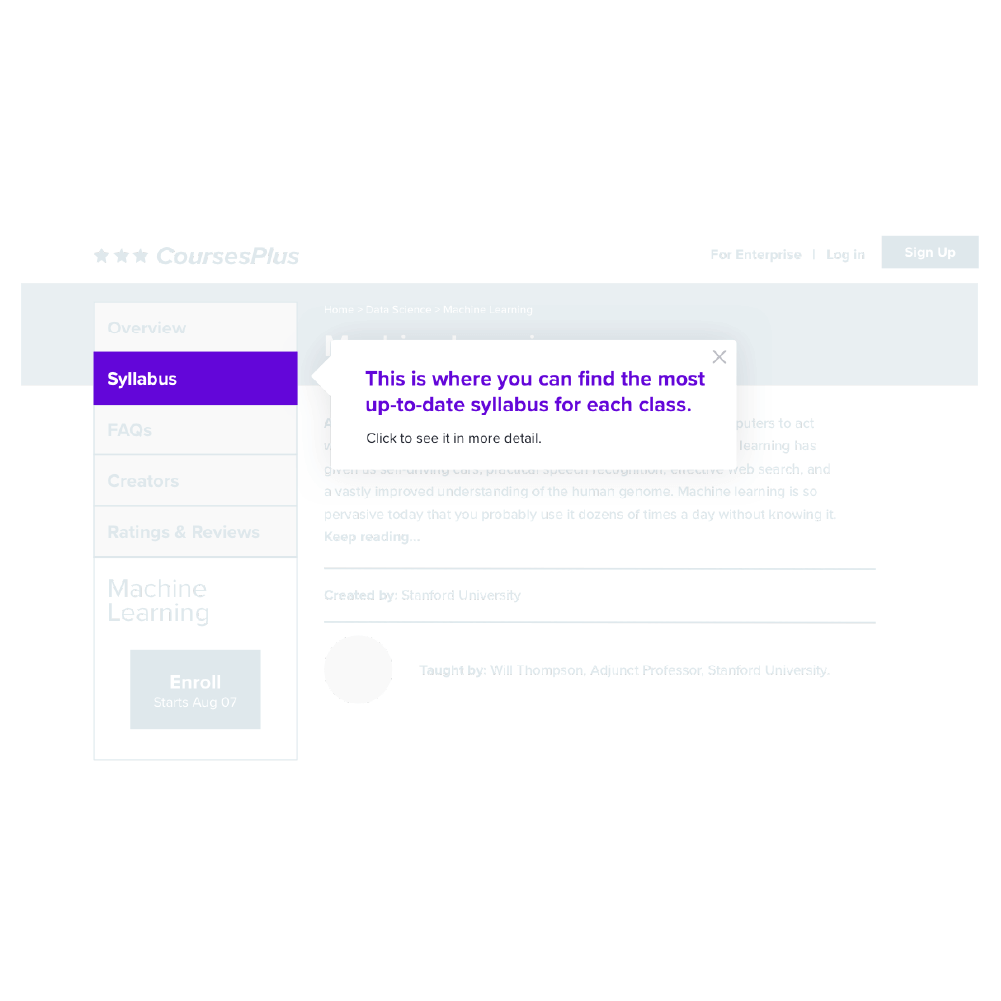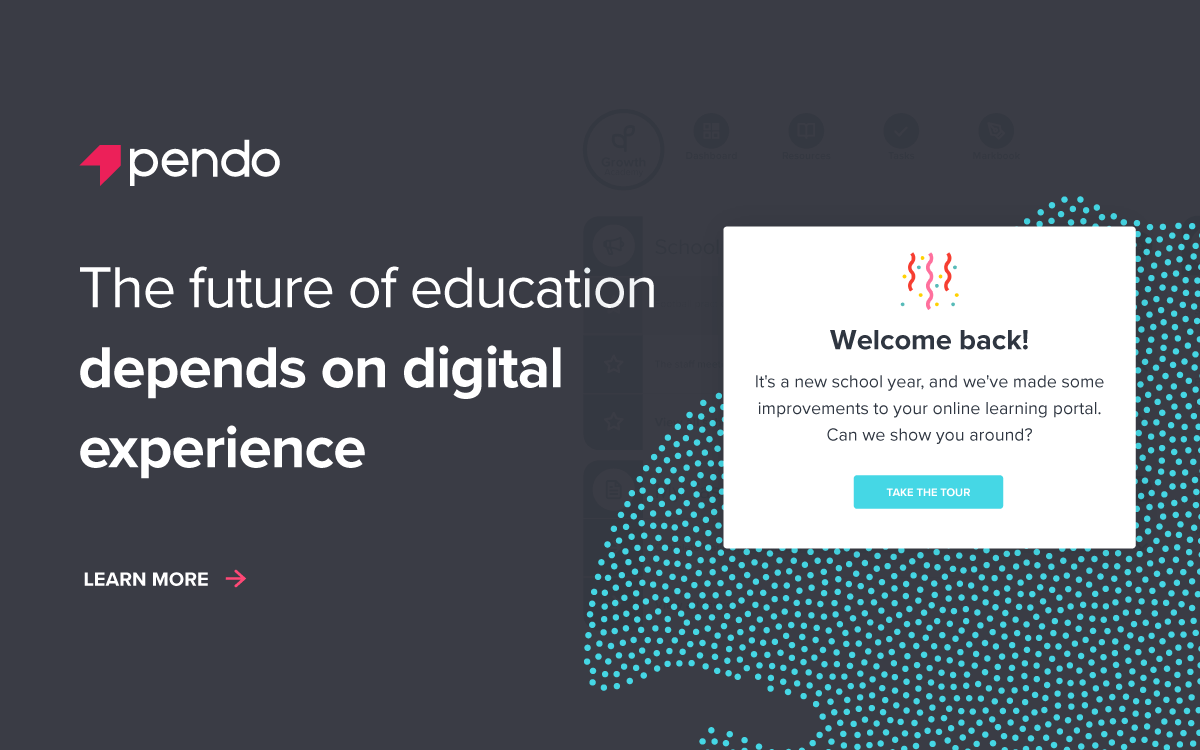
5 ways education technology providers can improve the digital learning experience
Table of Contents
In a rush?
Download the PDF for later
Education technology played an increasingly important role in education before COVID-19, and this global pandemic has only heightened the need for EdTech and accelerated the transformation of the digital classroom. As government officials and school administrators sort out what the future of education looks like, it’s clear that EdTech providers have a large opportunity in front of them.
Even if students are able to return to classrooms in some capacity, many schools will be operating on a hybrid model, where learning is split between the classroom and at home. With increased usage of EdTech platforms comes varying levels of digital literacy, putting the burden on software providers to address these challenges and create intuitive and efficient experiences for students, teachers, parents, and administrators alike.
Here are five tactics EdTech providers can leverage to create the best possible digital experience for their users:
1. Understand your end users’ behaviors
Since the buyers and admins of education technology are not usually the end users (teachers, parents, and students), it can be difficult to understand what’s actually happening when users attempt to use an EdTech platform. Not to mention a teacher’s primary responsibility is to educate and spend time with their students—leaving little time to participate in a UX research call or customer interview panel.
By collecting passive product usage data, EdTech platform creators can understand how a teacher’s use of their platform impacts learning outcomes, where students are spending the most time or may be getting stuck, and how to use these insights to personalize the learning experience. This can also help you uncover areas of your product that are rarely (or never) used, which can signal the need to improve or completely remove these features.
Please fill out the form below to read the rest of this article.
2. Collect direct feedback from users
Direct user feedback is critical for EdTech companies that primarily interface with admins or the IT department. Instead of getting secondhand user insights, product managers need access to the true end user to understand what’s working, what’s not working, and any enhancement requests. This is especially important for more nimble organizations where experimentation and pivoting effectively requires real-time information from end users.
When teachers and faculty users are able to provide feedback, you need to have a low-friction way to collect their input and an efficient process for managing and sorting this qualitative information to turn it into actionable insights. Unobtrusive in-app surveys make it easy for busy users to give a quick response to questions like, “How easy is it to use this feature?” or “How likely are you to recommend our product to a colleague?” You can also ask questions with numbered response scales to get data trends over time, use open text fields to get verbatim feedback, or use a combination of both.
3. Improve adoption with in-app guidance
The start of a new semester or school year is always a critical time for EdTech providers to drive adoption of their products, and as the industry is evolving to keep up with new demands, the stakes are even higher. When teachers and students return and new users start using your product for the first time, you need to make sure they’re well acquainted with your platform and able to make the most of everything it has to offer.
In reality, teachers, faculty, parents, and students are the busiest at the beginning of a new schooling period, and all have differing knowledge levels and needs. Since they won’t have time to read release notes or attend a formal training, it’s best to support users with bite-sized, just-in-time training on features and workflows inside the app itself. EdTech providers can host documentation and step-by-step guidance in-app to help re-onboard and engage returning users, introduce new features, and drive adoption throughout their entire user base.
4. Prioritize the right product decisions
Today, there’s more scrutiny to build the right products and features, and product managers at EdTech companies are no exception. In order to tie product development to revenue generation, teams need to maximize efficiency and build what users actually want (and are willing to pay for). The best way to know what customers want from your product? By asking them directly, and understanding how they use the application.
When it comes to user feedback, it’s important to have a formal process for collecting and reviewing requests, determining effort vs. value, and gathering customers’ input on roadmap decisions. Equally as important is to use product analytics to track users’ behaviors to see if it matches what you’re hearing in their feedback. This way, you can derisk decision making and align priorities with what the students, teachers, staff, and parents using your platform need.
5. Support complex (virtual) implementations
EdTech providers that sell to higher education or school systems tend to have long implementation phases that were historically delivered via in-person training. Now, this training needs to be delivered virtually, which adds an additional layer of complexity to educating and engaging new users.
To better support these implementations, education technology companies can leverage in-app communications to help reinforce training and guide new users through key areas of the platform. Teams can also use product analytics to monitor milestones that lead to successful onboarding, and intervene if users are missing critical steps or are at risk of delaying the go-live date.
